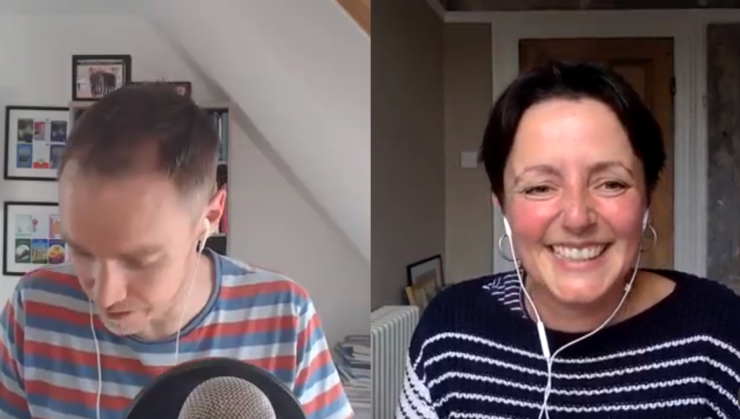
Craig Barton interviews guests from the wonderful world of education about their approaches to teaching, educational research and more. All show notes, resources and videos here: https://www.mrbartonmaths.com/blog/
Vic Simms is a Professor of Developmental Psychology at Ulster University. Her recent research interests have been in understanding the influence of the home environment on early mathematical development, understanding influences on development from cross-country perspectives and developmental differences (for those children born preterm or with genetic conditions).
This episode is part of my Research in Action mini-series, where I interview a researcher from the Mathematics Education Centre at Loughborough University about their chosen area of interest, and the implications for maths teaching and learning. You can access the show-notes here: mrbartonmaths.com/blog/research-in-action-25
Time-stamps:
- Introduction to today’s topic. (6:29)
- How parents engage with their children. (11:20)
- Differences between the quality of the interactions and the frequency. (15:37)
- The ideal combination of frequency and quality. (19:58)
- The home mathematics environment in China. (24:35)
- The hierarchy of what parents should do for their environment. (29:08)
- The role of shape and space in mathematics development. (34:31)
- The maths environment at home and literacy. (41:53)
- The role of first impressions in learning and performance. (49:25)
- Teacher perception of a student. (52:51)
- How parents can help their children think more intentionally. (59:04)
- The weak relationship between mathematics environment and learning outcomes. (1:02:19)

Episode details
Vic Simms is a Professor of Developmental Psychology at Ulster University. Her recent research interests have been in understanding the influence of the home environment on early mathematical development, understanding influences on development from cross-country perspectives and developmental differences (for those children born preterm or with genetic conditions).
This episode is part of my Research in Action mini-series, where I interview a researcher from the Mathematics Education Centre at Loughborough University about their chosen area of interest, and the implications for maths teaching and learning. You can check out all the previous conversations in the series here.
Time-stamps
- Introduction to today’s topic. (6:29)
- How parents engage with their children. (11:20)
- Differences between the quality of the interactions and the frequency. (15:37)
- The ideal combination of frequency and quality. (19:58)
- The home mathematics environment in China. (24:35)
- The hierarchy of what parents should do for their environment. (29:08)
- The role of shape and space in mathematics development. (34:31)
- The maths environment at home and literacy. (41:53)
- The role of first impressions in learning and performance. (49:25)
- Teacher perception of a student. (52:51)
- How parents can help their children think more intentionally. (59:04)
- The weak relationship between mathematics environment and learning outcomes. (1:02:19)
The Big 3
My usual plugs
- You can help support the podcast (and get an interactive transcript of this episode) via my Patreon page at patreon.com/mrbartonmaths
- If you are interested in sponsoring an episode of the show, then please visit this page
- You can sign up for my free Tips for Teachers newsletter and my free Eedi newsletter
- My online courses are here: craigbarton.podia.com
- My books are “Tips for Teachers“, “Reflect, Expect, Check, Explain” and “How I wish I’d taught maths”
